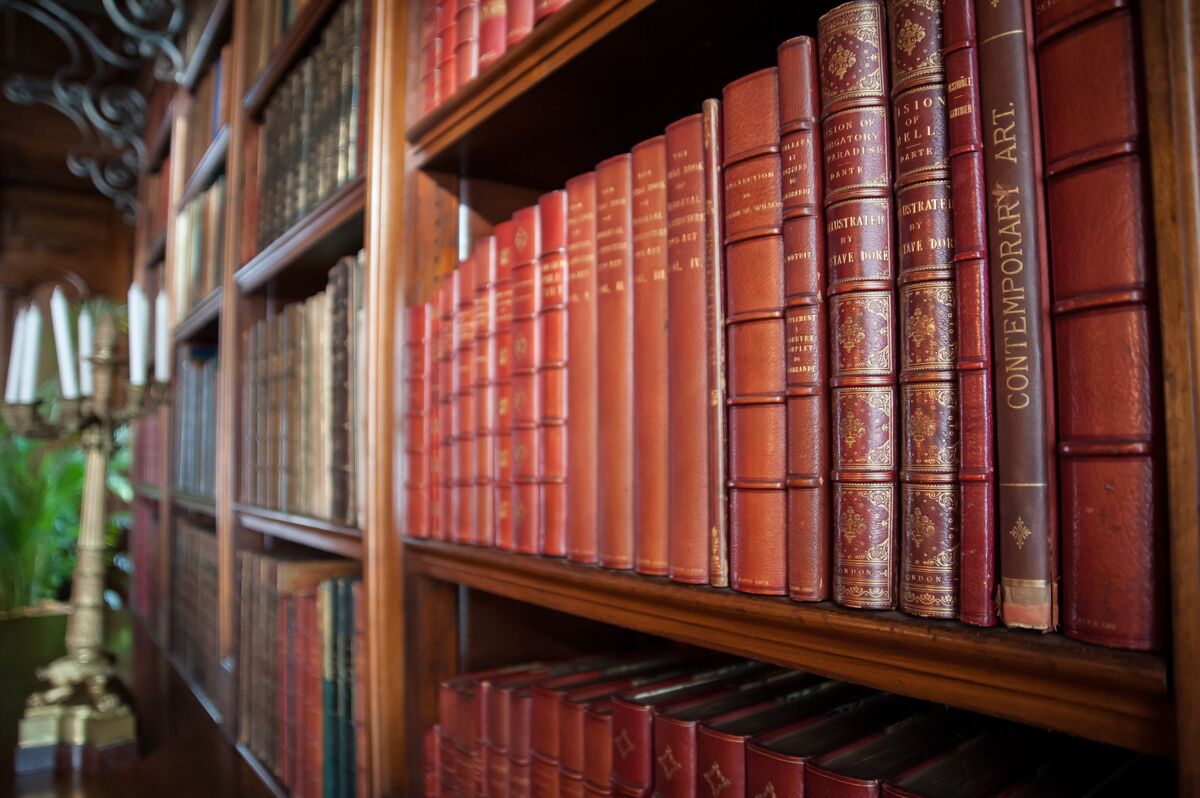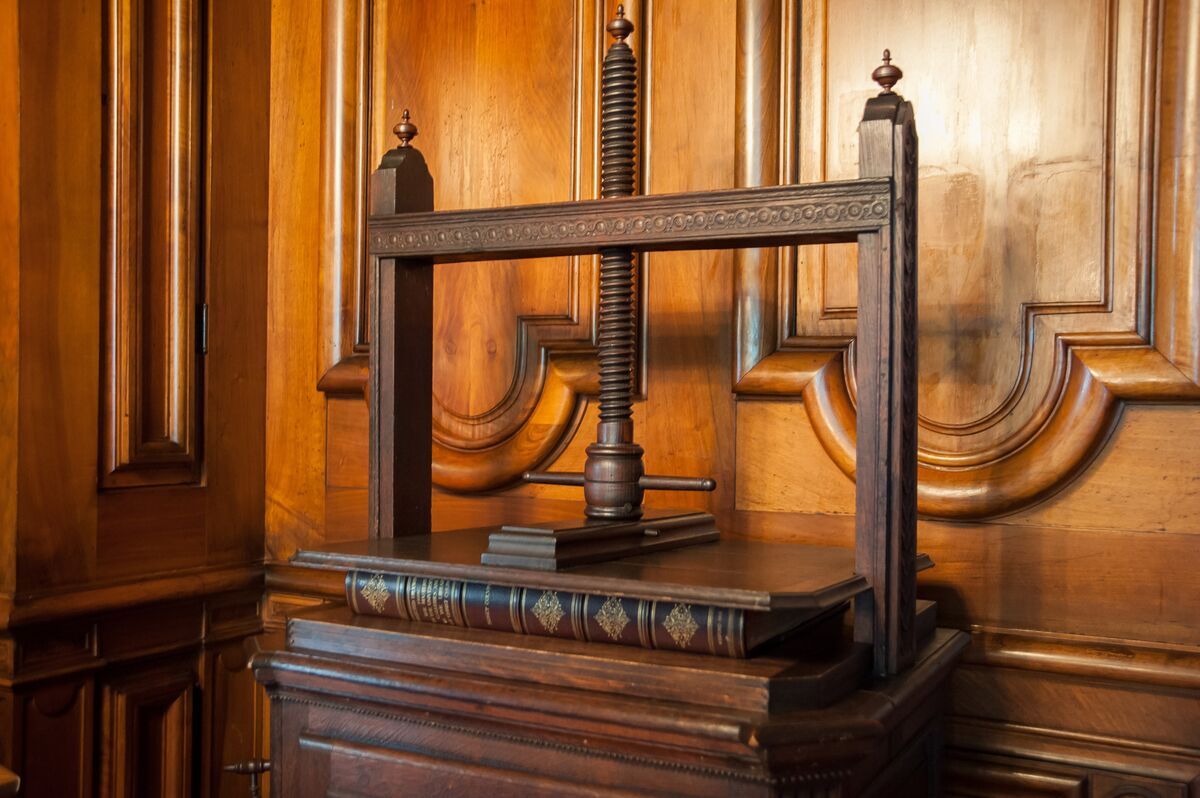We hope you enjoy this short video highlighting our “Top 10” memories from 2015. It was certainly a milestone year for Biltmore, marking the success and growth of our company as we continue to protect George Vanderbilt’s legacy and preserve the art of hospitality.
- We partnered with Cosprop for our first feature costume exhibition to display over 40 costumes from the hit PBS mini-series “Downton Abbey.” Due to overwhelming positive feedback, we have decided to showcase more costumes and historic fashion in our 2016 exhibition “Fashionable Romance: Wedding Gowns in Film.”
- Biltmore Blooms featured a gorgeous display throughout our 75 acres of landscaped gardens, this year including over 74,000 tulips and 15,000 daffodils.
- Six Summer Concerts spanned the month of August, with each artist performing on Biltmore’s South Terrace overlooking the gorgeous Blue Ridge Mountains. Our team is already working on a spectacular lineup for next year!
- Biltmore’s Sporting Clays Club opened their new location on the West Side of the estate, restoring a home estimated to be built between 1879-1889 that had remained on the estate from the pre-Vanderbilt era. The project received the 2015 Griffin Award from The Preservation Society of Asheville and Buncombe County in the Adaptive Re-Use category.
- Biltmore For Your Home celebrated their 25th Anniversary, with their licensed partners and extensive line of home decor products continuing to draw inspiration from Biltmore and uphold the standard of excellence set by the Vanderbilt family.
- Biltmore’s North Tower Ridge Cap project spanned nearly the entire year, coming to completion in early November and showcasing our commitment to authenticity and preservation of the estate.
- We celebrated North Carolina Wine Month with the “Taste of Biltmore” in September, featuring numerous culinary events and demos of our estate-grown wines and field-to-table cuisine.
- Biltmore Winery celebrated its 30th Anniversary and continues to be the most-visited winery in the country, with distribution expanding to 21 states.
- Village Hotel on Biltmore Estate officially opened on December 1. This new lodging property offers a casual and convenient way to stay on the estate, with dining, shopping, our Winery just steps away.
- “Christmas at Biltmore” continues to be an amazing tribute to George Vanderbilt’s favorite holiday, and allows us to relive the excitement that he must have felt when he opened his home to family and friends for the first time on Christmas Eve 1895.
Thank you to all of our guests who visited Biltmore during 2015, and we look forward to seeing you again soon. Happy new year!
 “I’ve helped Floral over the years with things like fluffing trees,” Tracy said, “but this is the first time I have a personal stake in it, and I can say ‘I did that.’”
“I’ve helped Floral over the years with things like fluffing trees,” Tracy said, “but this is the first time I have a personal stake in it, and I can say ‘I did that.’” The photograph gave her the historic tie with Biltmore and the Vanderbilts that she needed to feature ice skates. “Her effort makes the décor in the Music Room that much more special and meaningful,” said Tracy.
The photograph gave her the historic tie with Biltmore and the Vanderbilts that she needed to feature ice skates. “Her effort makes the décor in the Music Room that much more special and meaningful,” said Tracy.










 Emily joined Biltmore’s horticulture team in 2012 and rose to the role of Lead Gardener at the Inn on Biltmore Estate. “It’s a wonderful place to work because of the wonderful people who work there,” she said, “so when the opportunity arose to become the estate’s rosarian, it was really difficult for me to leave those folks at the inn.”
Emily joined Biltmore’s horticulture team in 2012 and rose to the role of Lead Gardener at the Inn on Biltmore Estate. “It’s a wonderful place to work because of the wonderful people who work there,” she said, “so when the opportunity arose to become the estate’s rosarian, it was really difficult for me to leave those folks at the inn.” “We also host International Rose Trials,” said Emily. “Rose breeders from all over the world send their roses to us to be trialed. We plant these ‘newfangled’ roses and grow them for a few years. During this time judges come to assess their quality, and at the end of three years the best roses are given awards for excellence. The purpose of these trials is to find the most beautiful, disease resistant, quality roses that just about anyone can grow, and we hope it will allow rose gardening to seem accessible to everyone.”
“We also host International Rose Trials,” said Emily. “Rose breeders from all over the world send their roses to us to be trialed. We plant these ‘newfangled’ roses and grow them for a few years. During this time judges come to assess their quality, and at the end of three years the best roses are given awards for excellence. The purpose of these trials is to find the most beautiful, disease resistant, quality roses that just about anyone can grow, and we hope it will allow rose gardening to seem accessible to everyone.” Original photo of Biltmore’s Rose Garden by George Masa, c. 1930
Original photo of Biltmore’s Rose Garden by George Masa, c. 1930 Original photo of Biltmore’s Rose Garden and Conservatory; George Masa, c. 1930
Original photo of Biltmore’s Rose Garden and Conservatory; George Masa, c. 1930